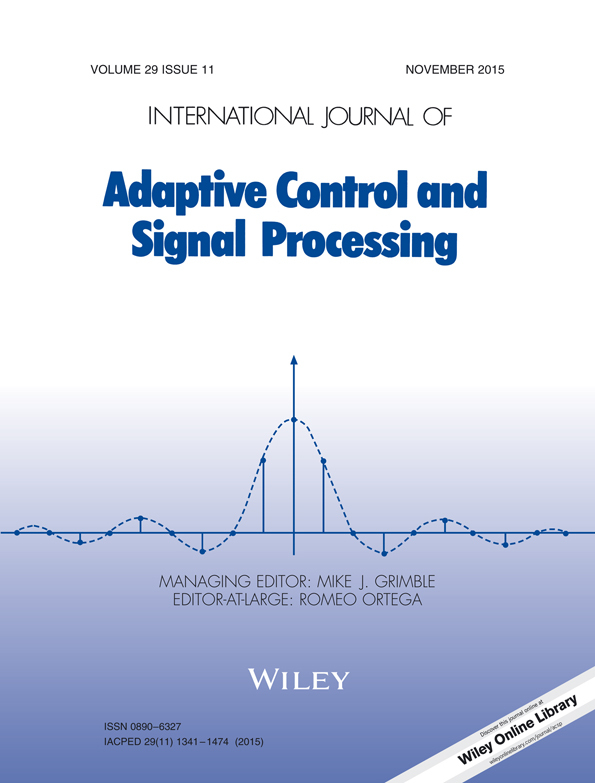Adaptive attenuation of unknown and time-varying narrow band and broadband disturbances‡
A preliminary version of this paper has been presented as an invited plenary paper at the IFAC International Workshop on Adaptation and Learning in Control and Signal Processing in Caen, France, July 3–5, 2013.
Summary
In many classes of applications like active vibration control and active noise control, the disturbances can be characterized by their frequency content and their location in a specific region in the frequency domain. The disturbances can be of narrow band type (simple or multiple) or of broad band type. A model can be associated to these disturbances. The knowledge of this model allows to design an appropriate control system in order to attenuate (or to reject) their effect upon the system to be controlled. The attenuation of disturbances by feedback is limited by the Bode Integral and the ‘water bed’ effect upon the output sensitivity function. In such situations, the feedback approach has to be complemented by a ‘feedforward disturbance compensation’ requiring an additional transducer for obtaining information upon the disturbance. Unfortunately, in most of the situations, the disturbances are unknown and time-varying and therefore an adaptive approach should be considered. The generic term for adaptive attenuation of unknown and time-varying disturbances is ‘adaptive regulation’ (known plant model, unknown, and time-varying disturbance model).
The paper will review a number of recent developments for adaptive feedback compensation of multiple unknown and time-varying narrow band disturbances and for adaptive feedforward compensation of broad band disturbances in the presence of the inherent internal positive feedback caused by the coupling between the compensator system and the measurement of the image of the disturbance. Some experimental results obtained on a relevant active vibration control system will illustrate the performance of the various algorithms presented. Some open research problems will be mentioned in the conclusion. Copyright © 2015 John Wiley & Sons, Ltd.




